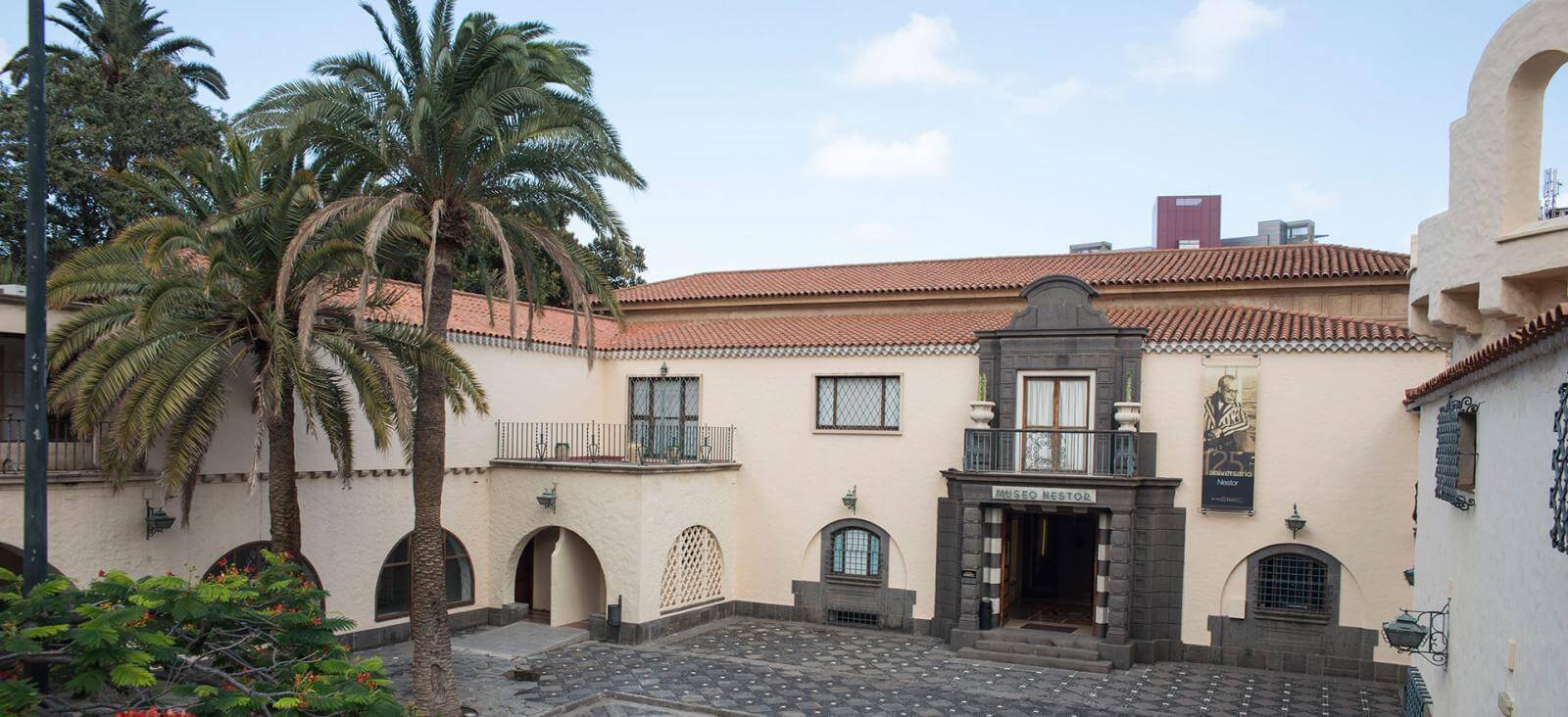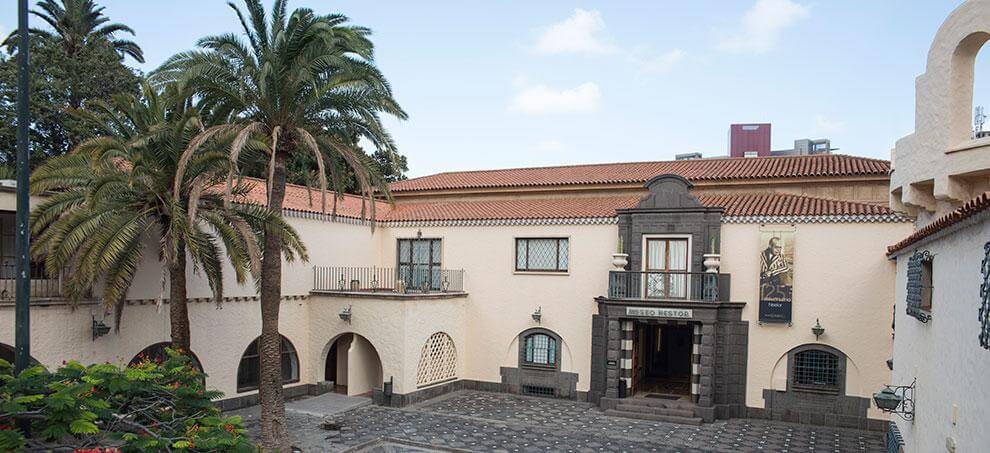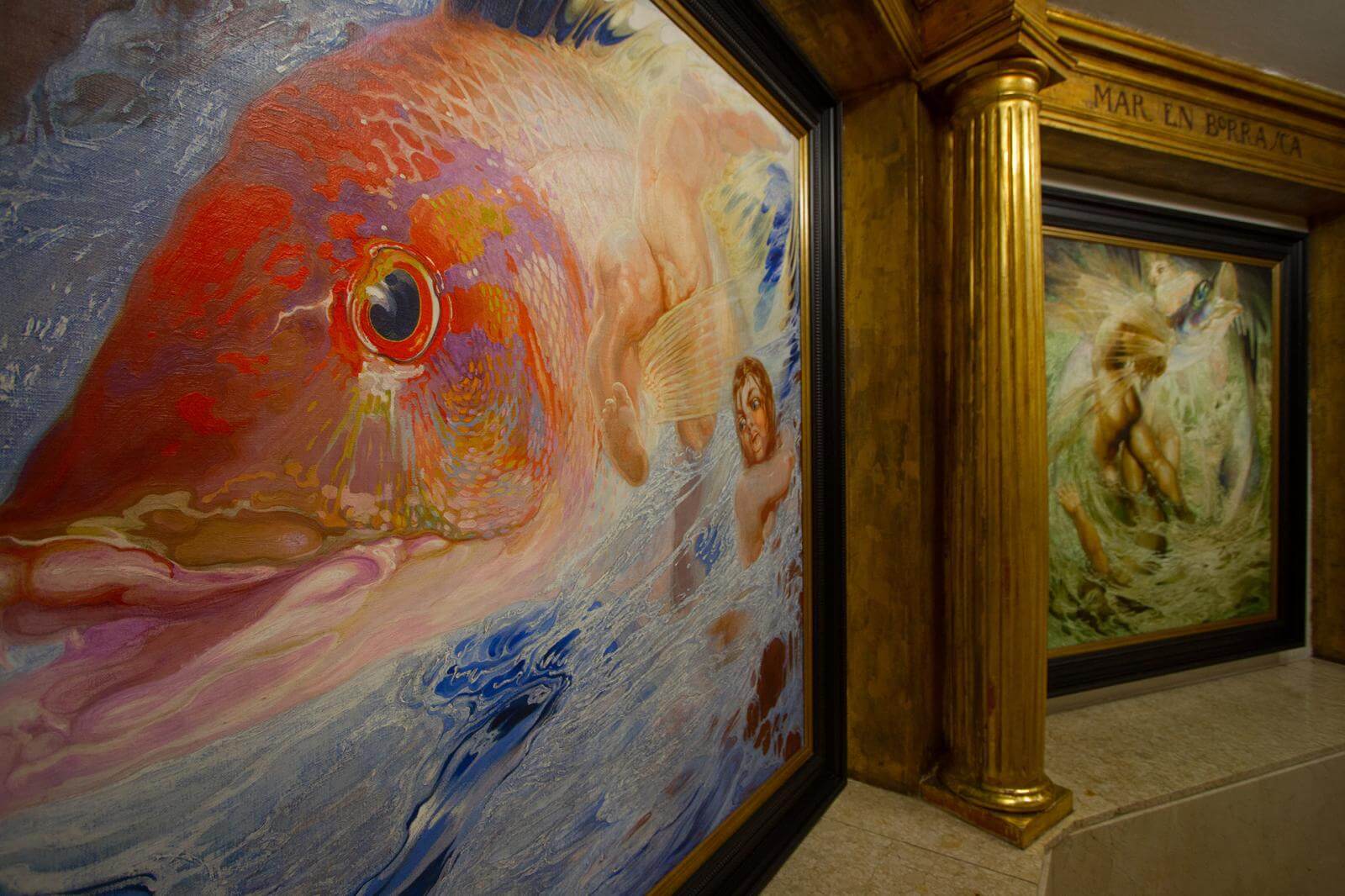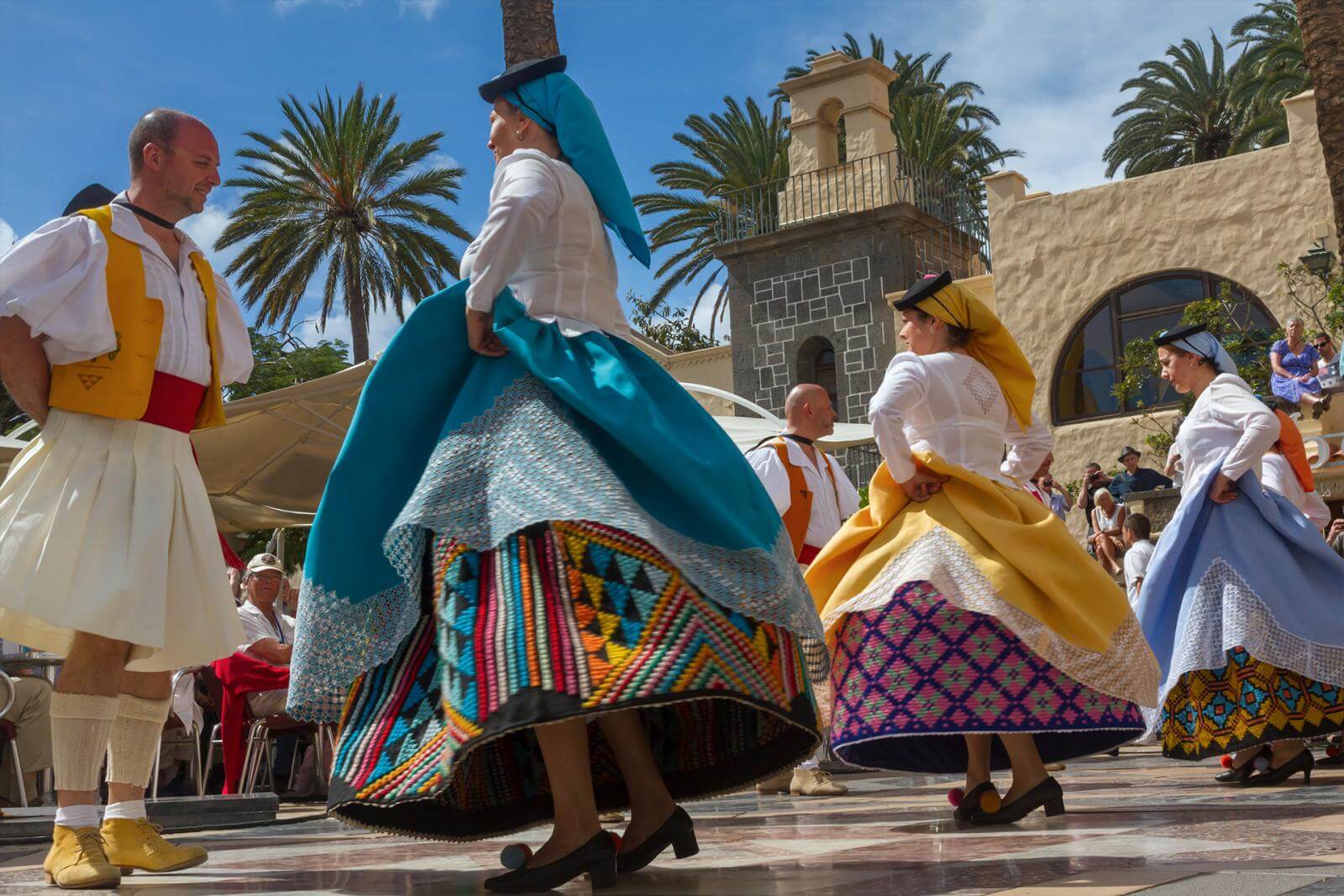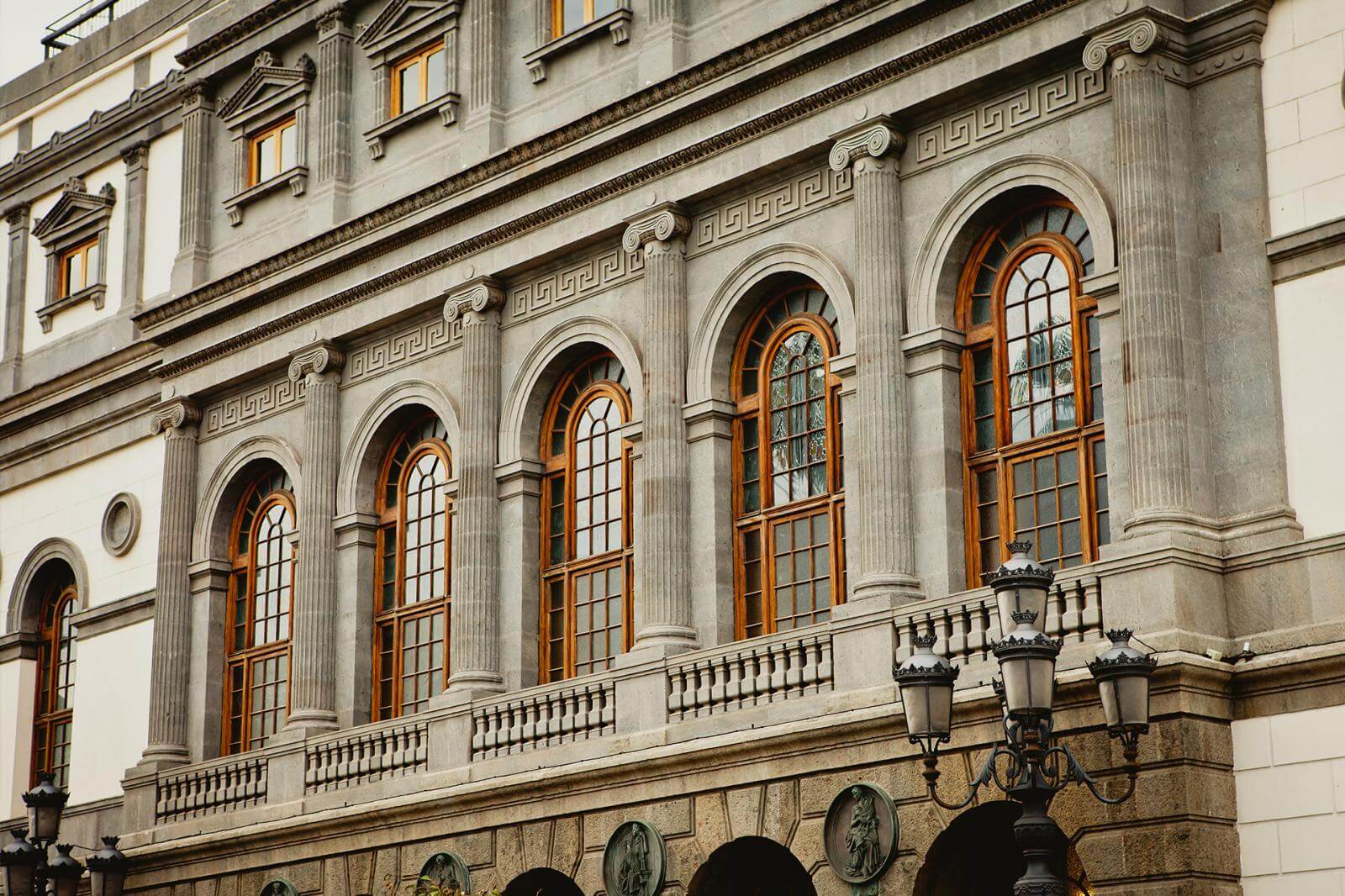Néstor Martín-Fernández de la Torre, or just Néstor for art lovers, is one of the most important representatives of European symbolist and modernist painting. As an artist, he always tried to highlight the grandeur of the Canary Islands environment, and his work is considered an exaltation of the Canary Islands personality and traditions. Many experts consider them fundamental to understanding the artistic movements in Europe at the start of the 20th century.
That’s why it is unsurprising that many tourists visiting the Canary Islands take advantage of their stay to learn more about his work, since his unique worldview and the homage he pays to light is of great artistic value.
Great international prestige
Néstor Martín-Fernández de la Torre was born in Las Palmas in Gran Canaria in 1887. From a young age, he stood out for his artistic talent and was compelled to search for new environments to satisfy his needs: Madrid, Brussels, London and, finally, Paris, where he would experience the birth of the Art-Nouveau movement and would set up his studio, were all stages in his consolidation as a world-renowned artist. He exhibited at some of the best galleries in Europe and Latin America and received major prizes.
In the early 1930s, Néstor returned to Gran Canaria, where he set up his workshop and got back to his artistic and emotional roots. This is when he began his magnum opus, which he left unfinished: Poema de los Elementos.
An exuberant and precious aesthetic
Néstor’s work is clearly inspired by the symbolist movement and it bases itself on it to create one of the most special aesthetic universes of his time. It starts from a local reality to build an artistic globality that transports you to the legendary origins of the islands. In his work, there is no room for topics, localisms or banal folklore. Only mythology and classical reinterpretation.
His works in the Canary Islands
Pueblo Canario
Pueblo Canario is the great universe of Néstor Martín-Fernández de la Torre, a place where you can clearly observe the massive influence the Canary Islands had on the artist’s work. The project was created with the aim of disseminating the culture of the islands among visitors to them, and Néstor designed it in its entirety. Despite him never seeing the finished work, it was completed keeping meticulously to his sketches. It is a large architectural complex where you can walk among buildings inspired by traditional Canary Islands architecture and fully immerse yourself in the cultural values of the islands.
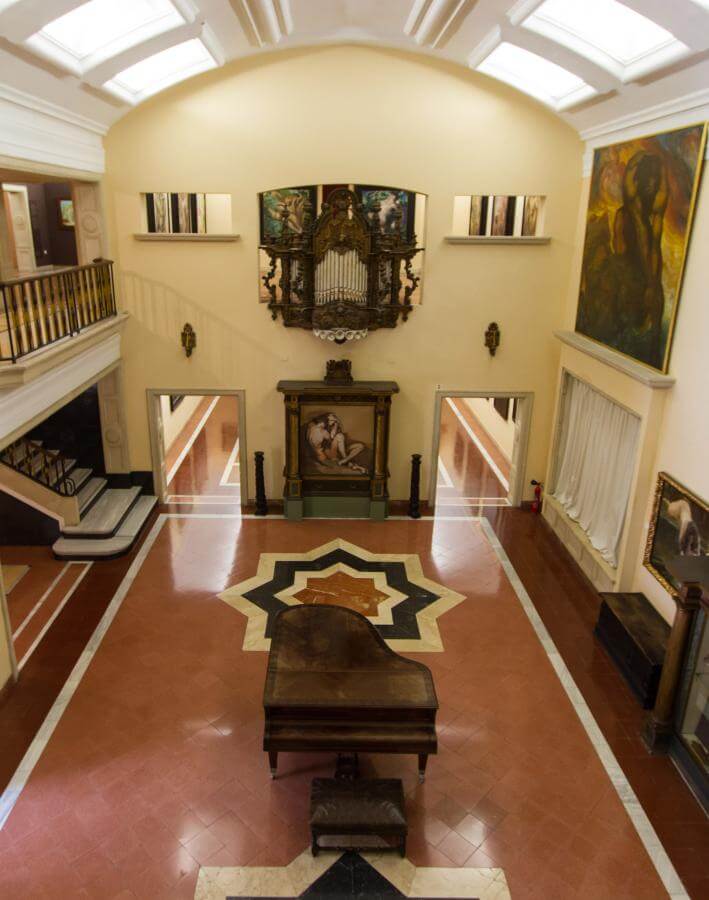

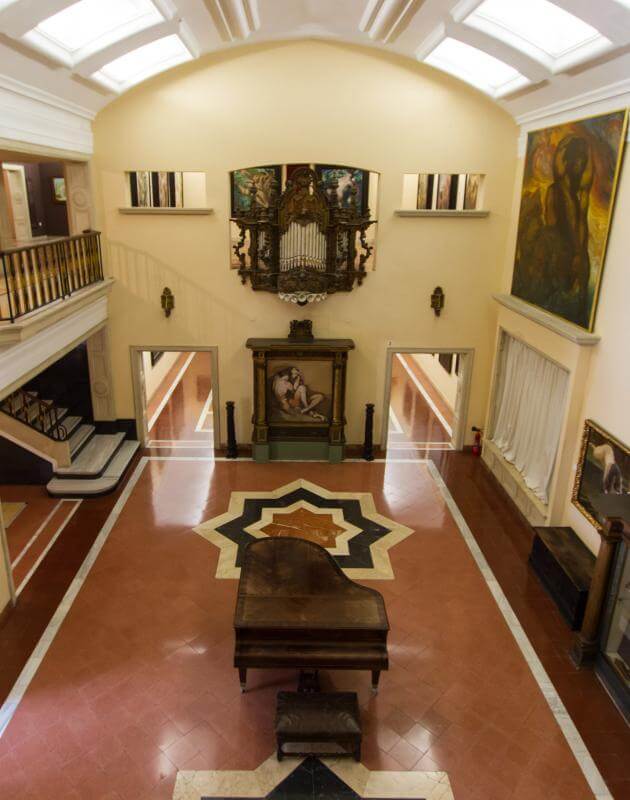
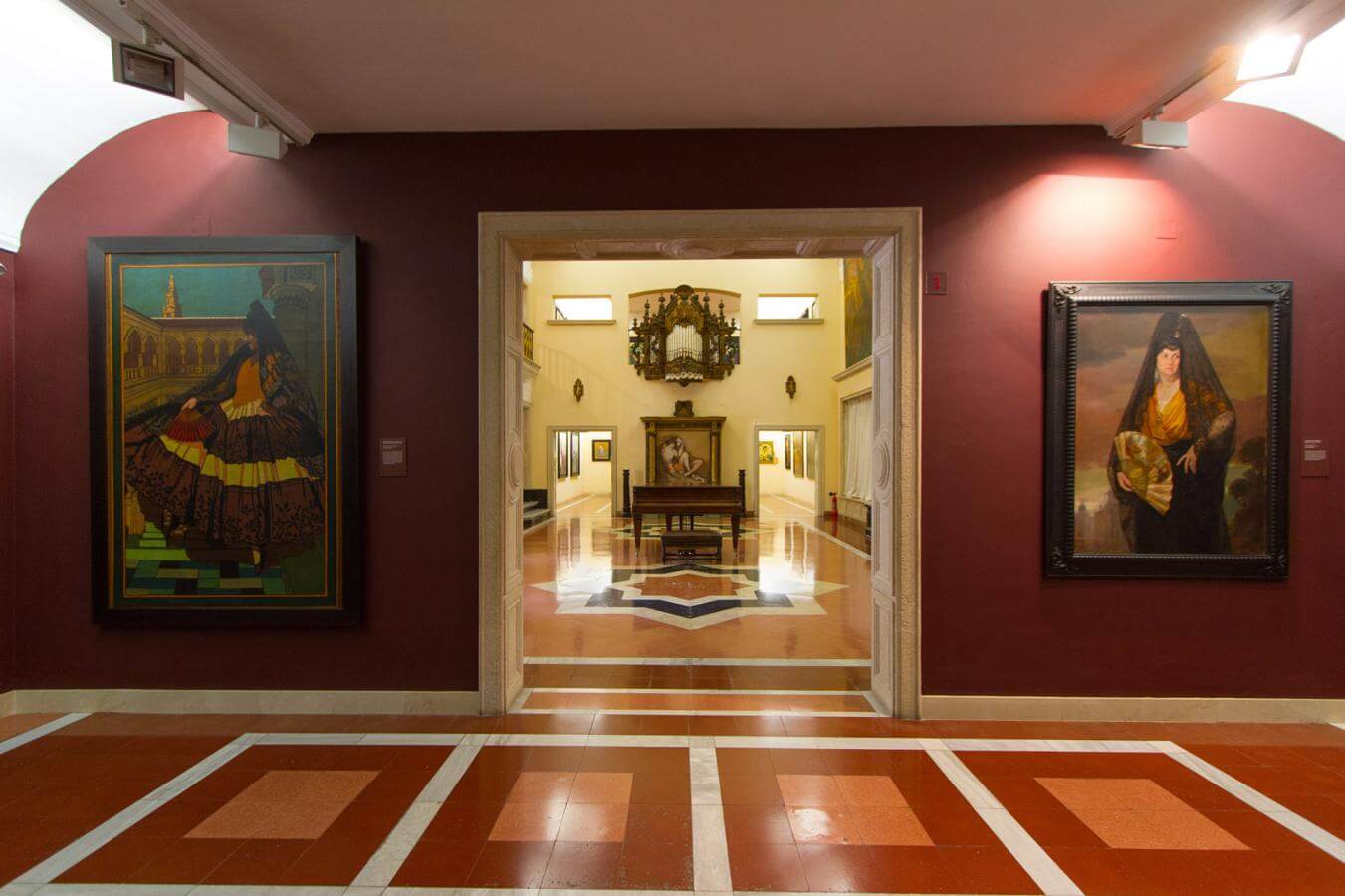

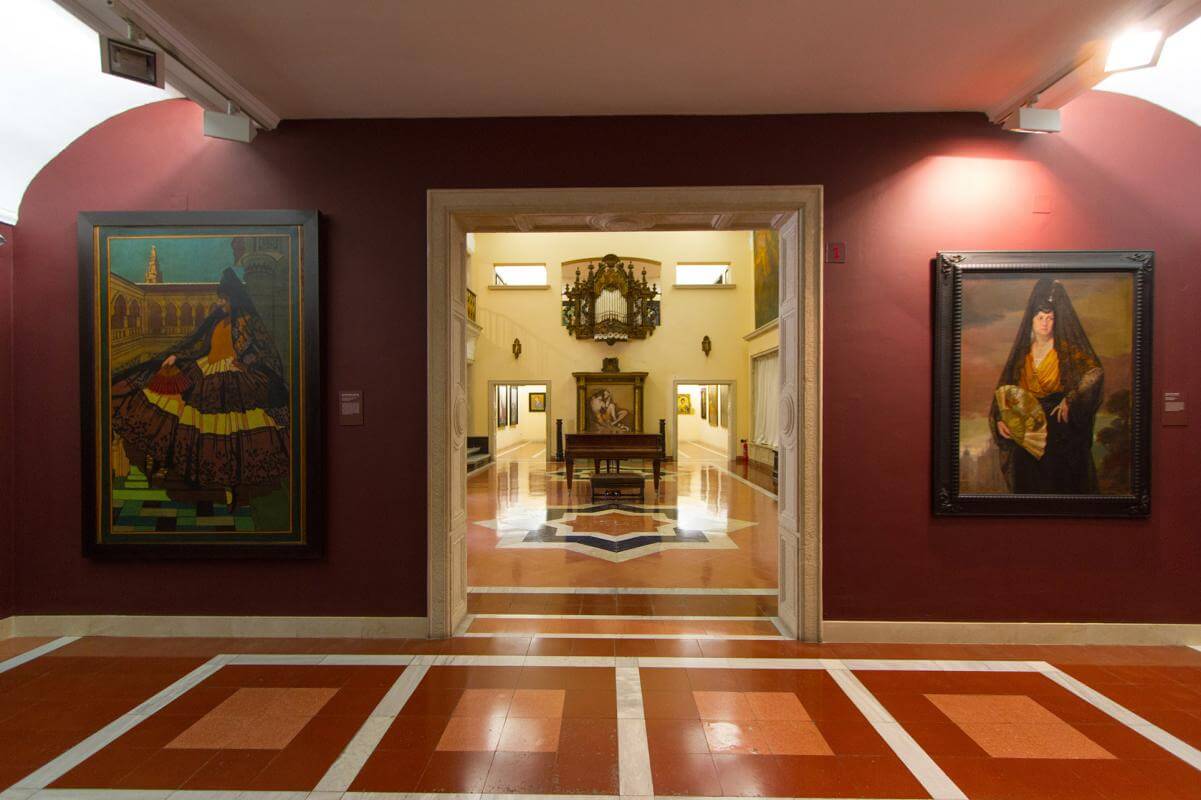
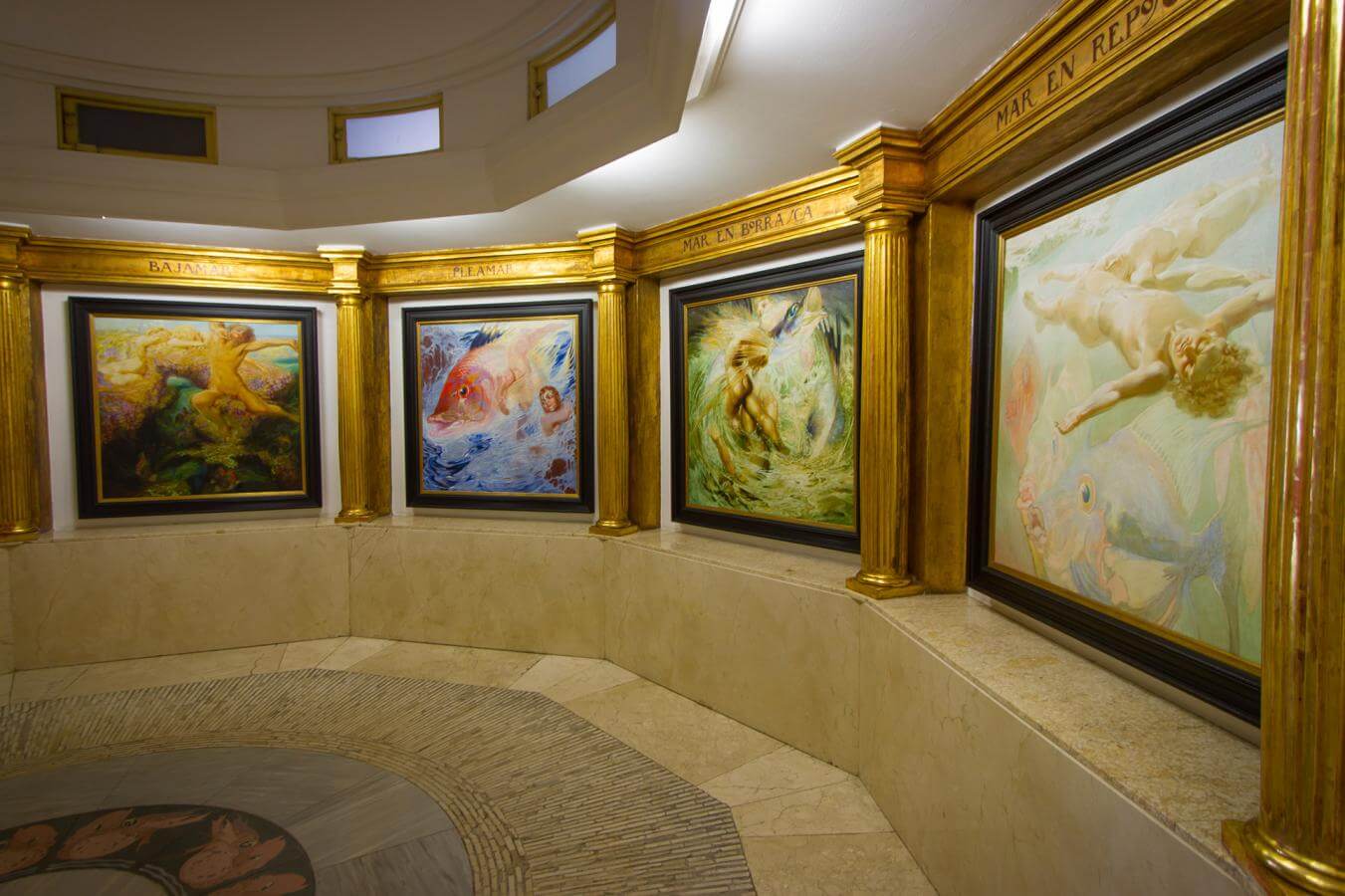

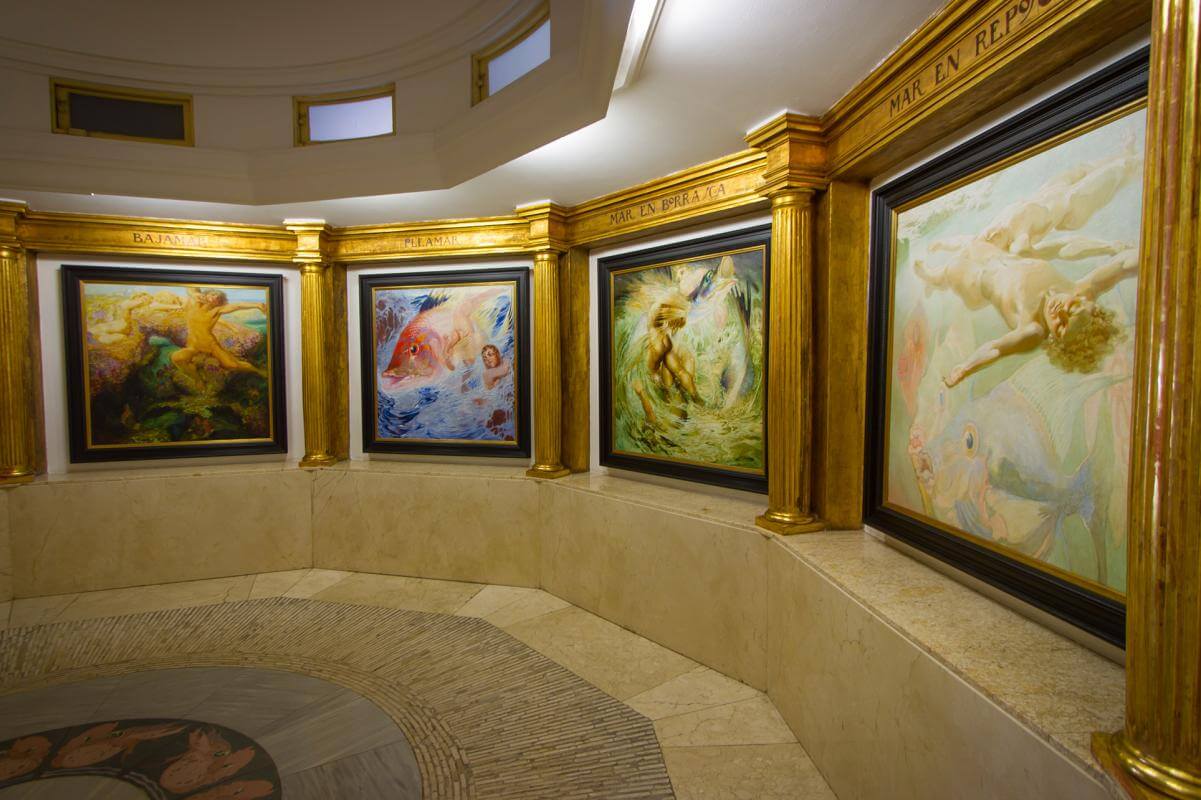
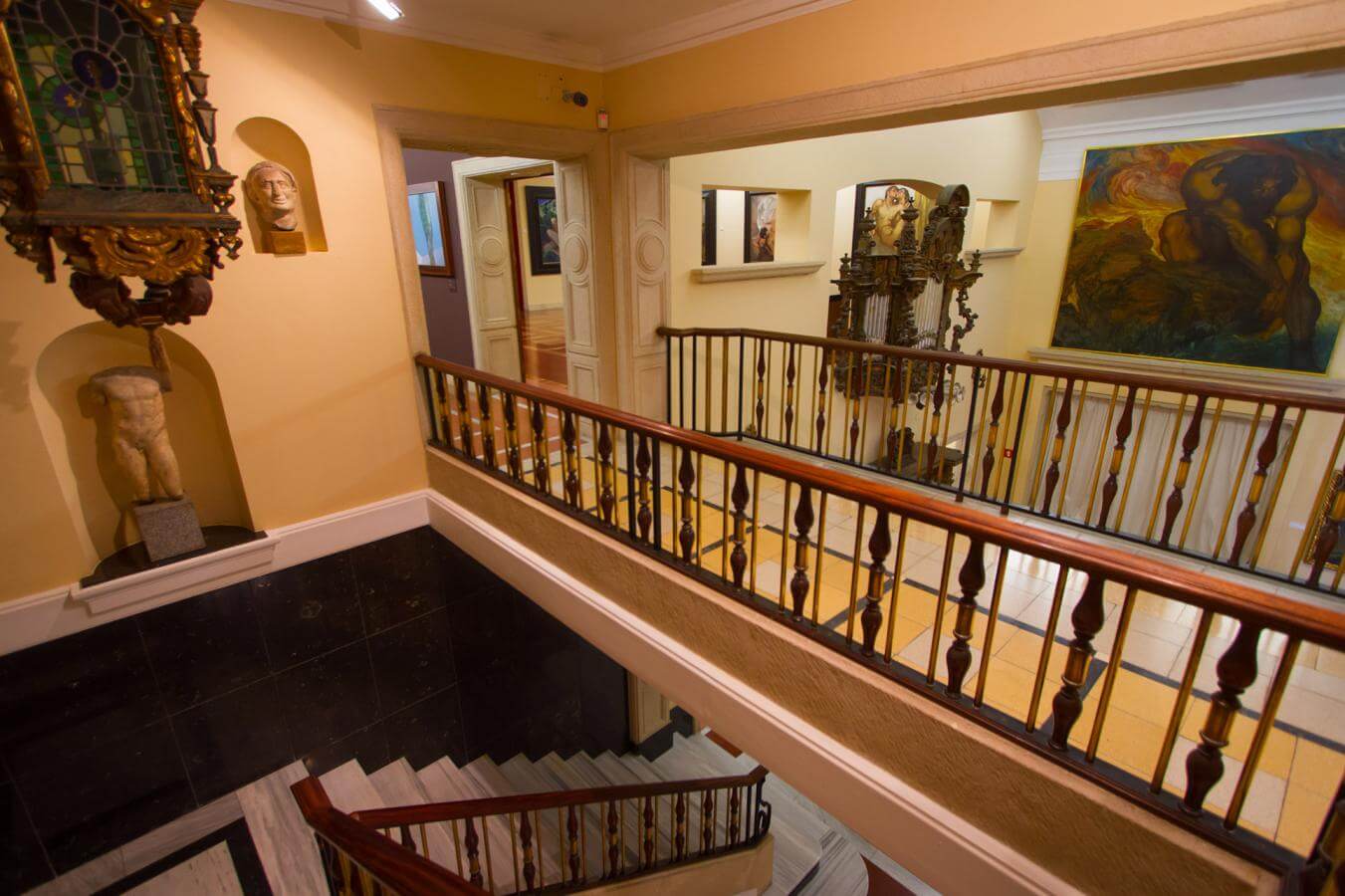

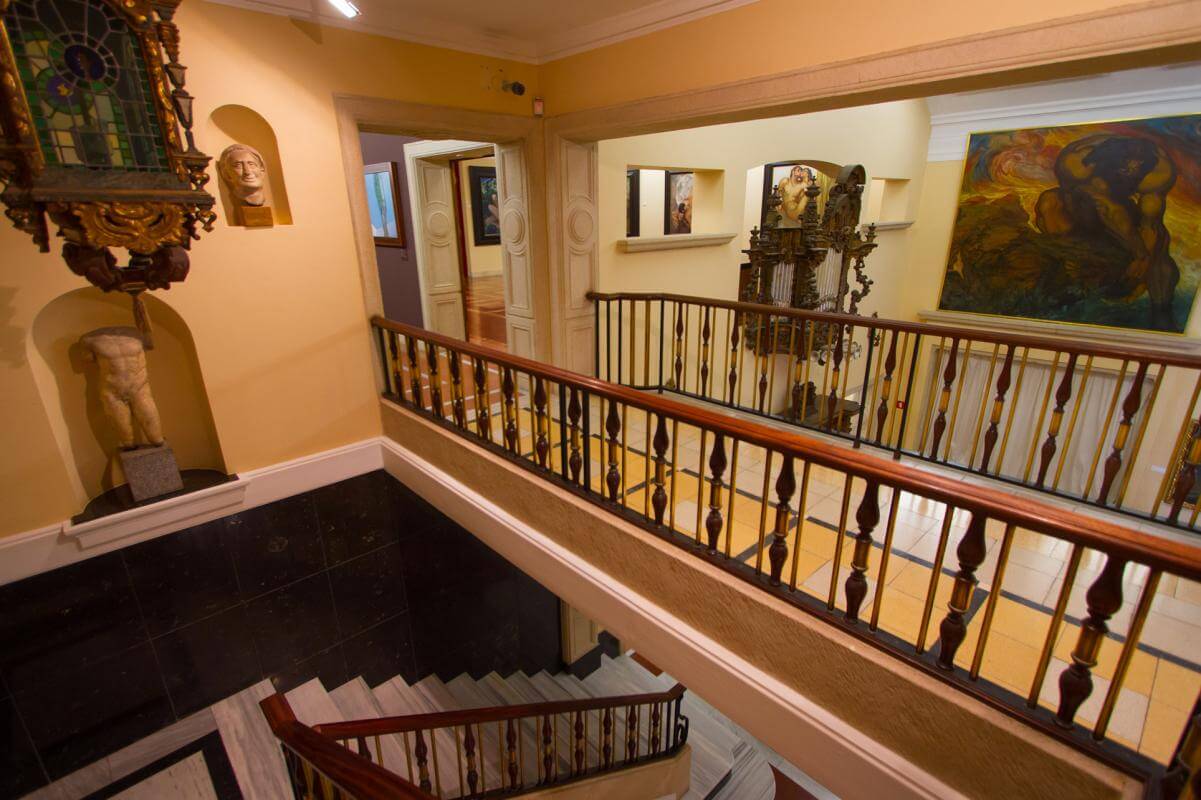
Néstor Museum
Within the Pueblo Canario architectural complex, we find this 1956 art gallery in neo-Canary Islands style, housing most of the artist’s works. A space with 12 halls that offers both temporary exhibitions and a permanent collection where you can see his most significant pieces: Epitalamio, El Niño Arquero and the two collections that make up Poema de los Elementos. In addition, the museum provides the option of a guided tour so that you can really get to know his works.
Pérez Galdós Theatre
This theatre is the best way to explore the diversity of Néstor’s works. After the fire of 1918, the architect Miguel Martín-Fernández, the artist’s brother, asked him to decorate the new building. He was in charge of designing the new curtain for the stage, the stained glass for the circle, the stage front and a wide variety of frescos for different areas of the building. It is especially worth mentioning the Salon Saint-Saëns, where you will see the hallmark of the artist on the canvases, pelmets, stained glass, lamps and little wooden statues.



